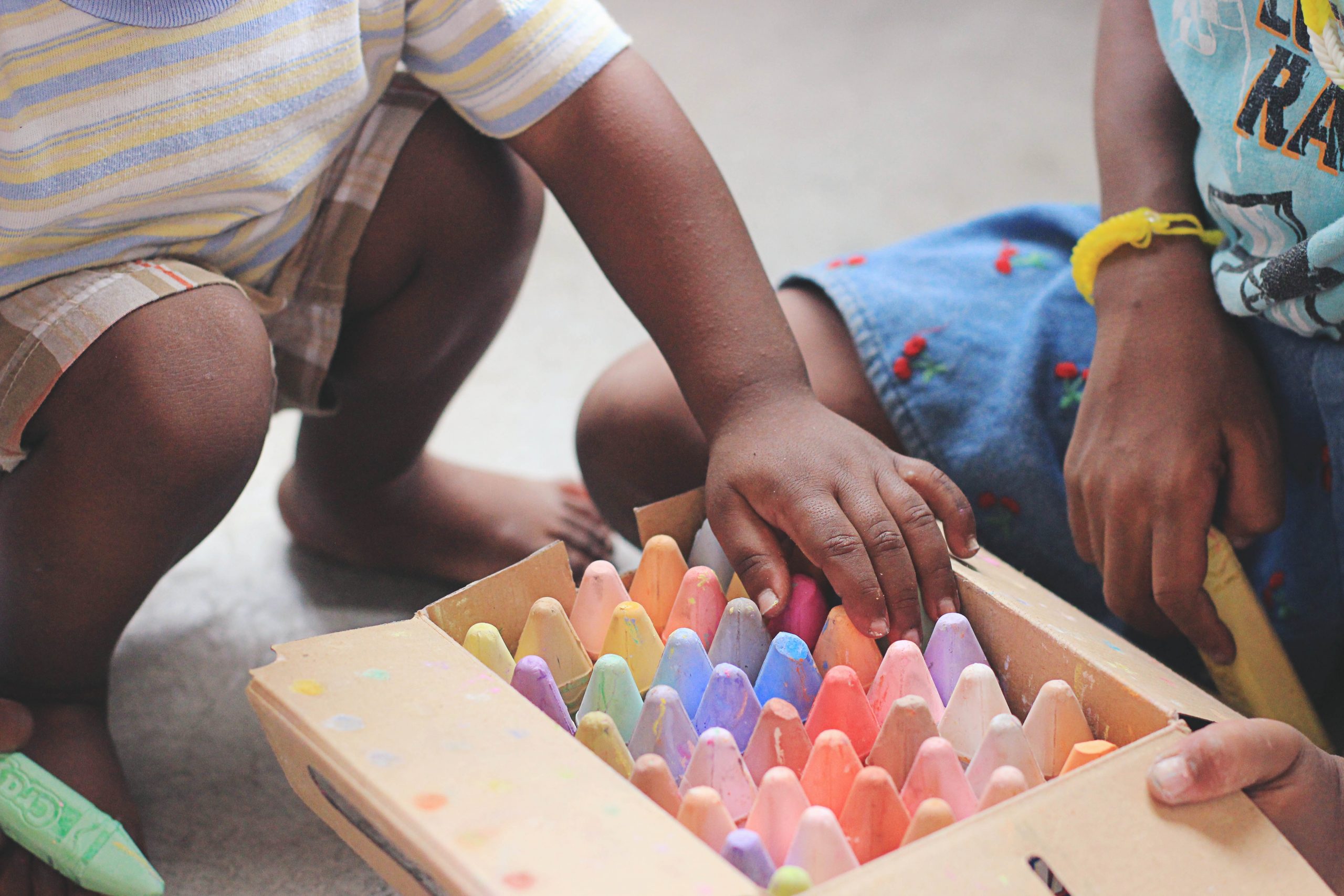Are you looking for ways to teach students not to snatch things from others? If so, keep reading.
1. Teach the student acceptable ways to express displeasure, anger, frustration, etc.
2. Do not assume the student is being treated nicely by others. Peers may be stimulating unacceptable behavior.
3. Teach the student to ask for things positively. Teach keywords and phrases (e.g., “May I borrow your pencil?” “Do you mind if l play with your ball?” etc.).
4. Teach the student the concept of sharing by having the student borrow from others. Require them to ask permission before doing so.
5. Teach the student to take turns sharing possessions (e.g., each child may use the markers for 15 minutes; one child bats while the other throws the ball, and then players change places after three hits, etc.).
6. Give the student enough things that sharing will not be appropriate. As the student learns to share, slowly lessen the number of things.
7. Teach the student to think before acting (e.g., they should ask themselves, “What is happening? “What am I doing?” “What should I do?” “What will be best for me?” etc.).
8. Draft an agreement with the student stipulating what behavior is required (e.g., not grabbing things away from others) and which reinforcement will be implemented when the agreement has been met.
9. Praise those students in the classroom who demonstrate appropriate behavior in reference to others’ belongings.
10. Take the student away from the learning experience until they can demonstrate appropriate behavior and self-control.
11. Praise the student for demonstrating appropriate behavior based on the duration of time the student can be successful. As the student shows success, slowly increase the duration of time required for reinforcement.
12. Create classroom rules: • Complete every assignment. • Remain in your seat. • Finish tasks. • Meet task expectations. • Raise your hand. Examine rules often. Praise students for following the rules.
13. Connect with the parents to disseminate information about the student’s progress. The parents may reinforce the student at home for appropriate use or consideration of others’ belongings at school.
14. Talk with the student to explain(a) what the student is doing wrong (e.g., grabbing things from others) and (b) what the student should be doing (e.g., asking to use things, borrowing, sharing, returning, etc.).
15. Praise the student for demonstrating appropriate behavior: (a) give the student a concrete reward (e.g., privileges such as leading the line, handing out learning materials, 10 minutes of free time, etc.) or (b) give the student an informal reward (e.g., praise, handshake, smile, etc.).
16. Consider using a classroom management app. Click here to view a list of apps that we recommend.
17. Consider using an adaptive behavior management app. Click here to view a list of apps that we recommend.
18. Consider using Alexa to help the student learn to behave appropriately. Click here to read an article that we wrote on the subject.
19. Click here to learn about six bonus strategies for challenging problem behaviors and mastering classroom management.





